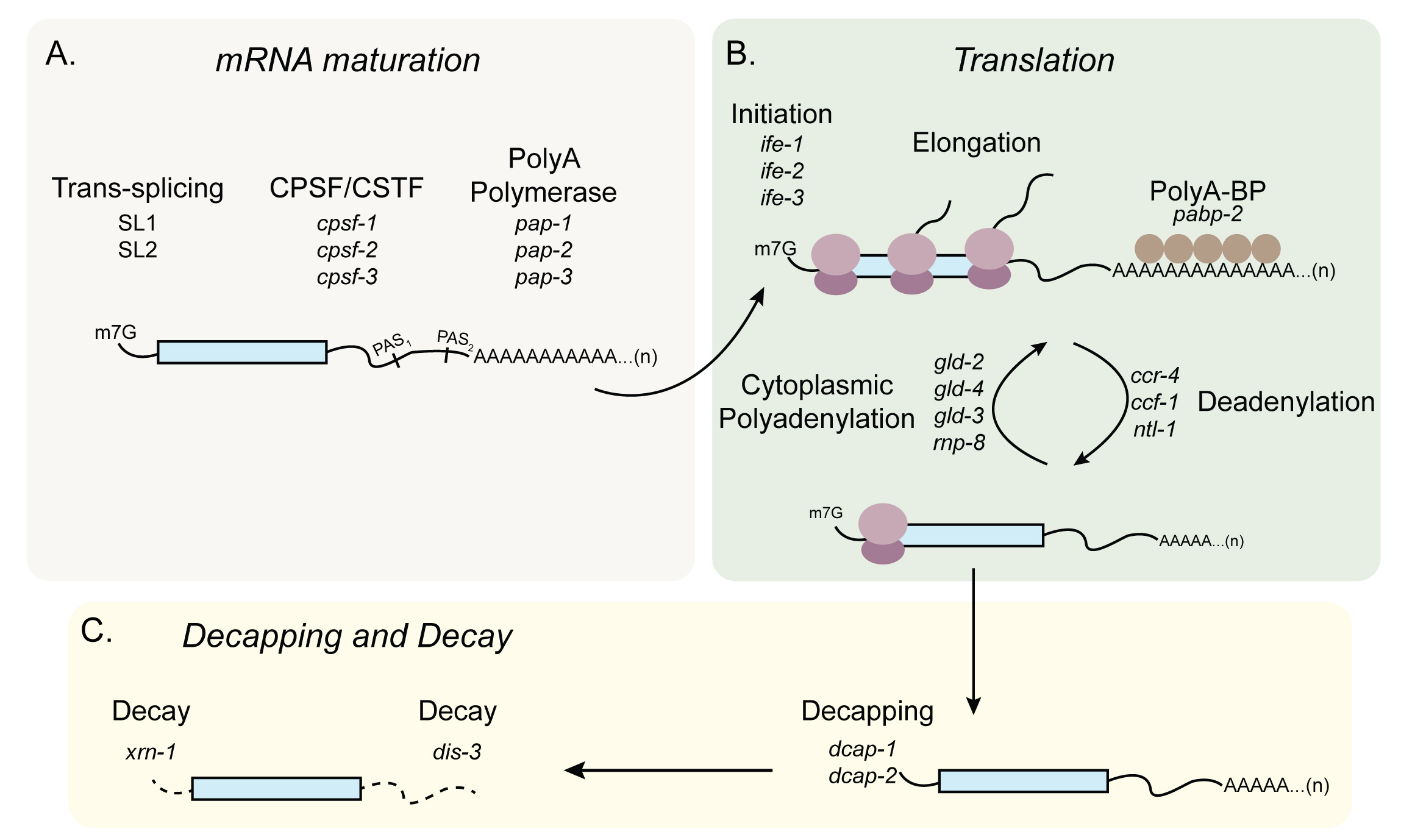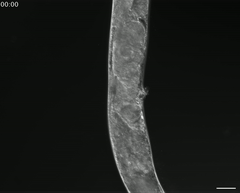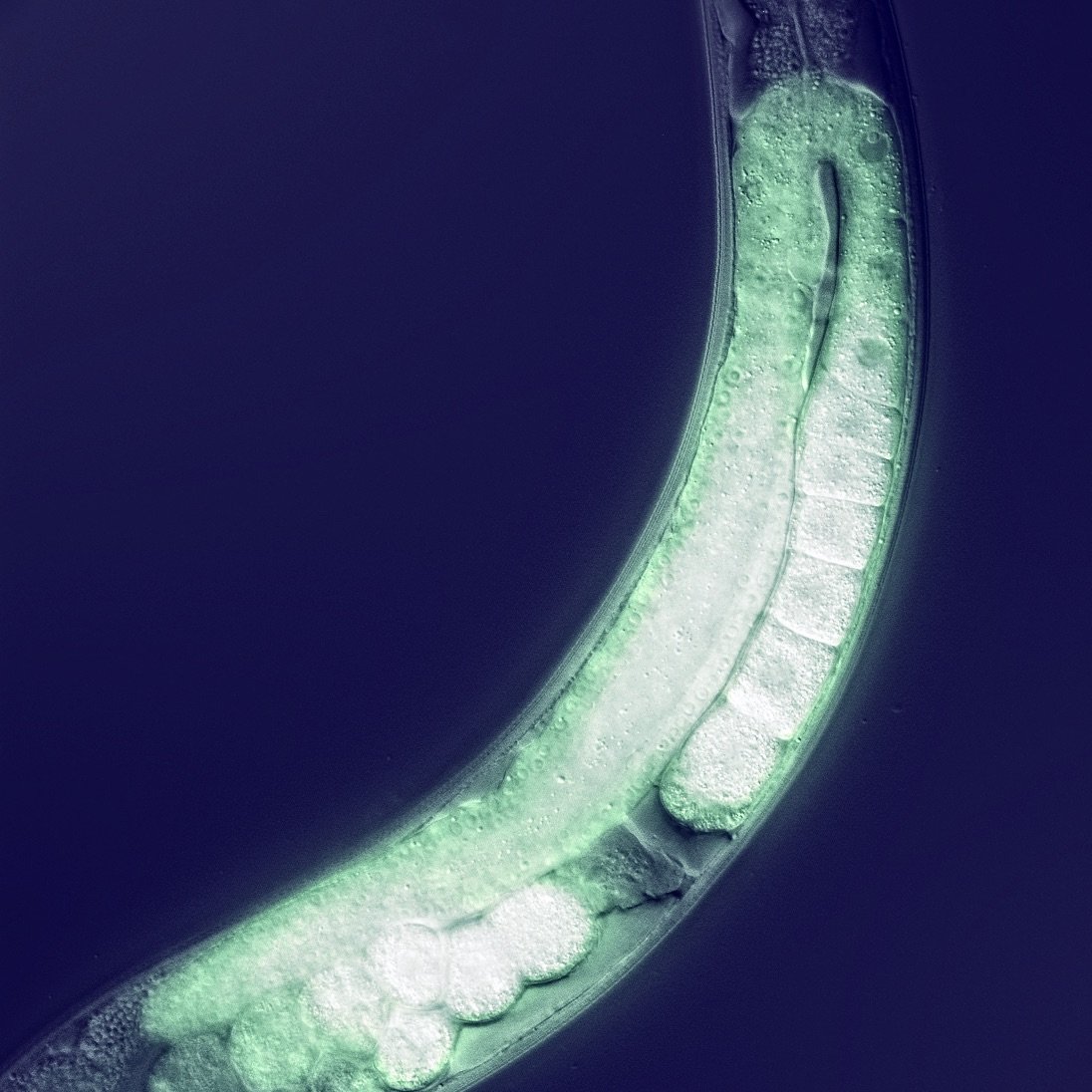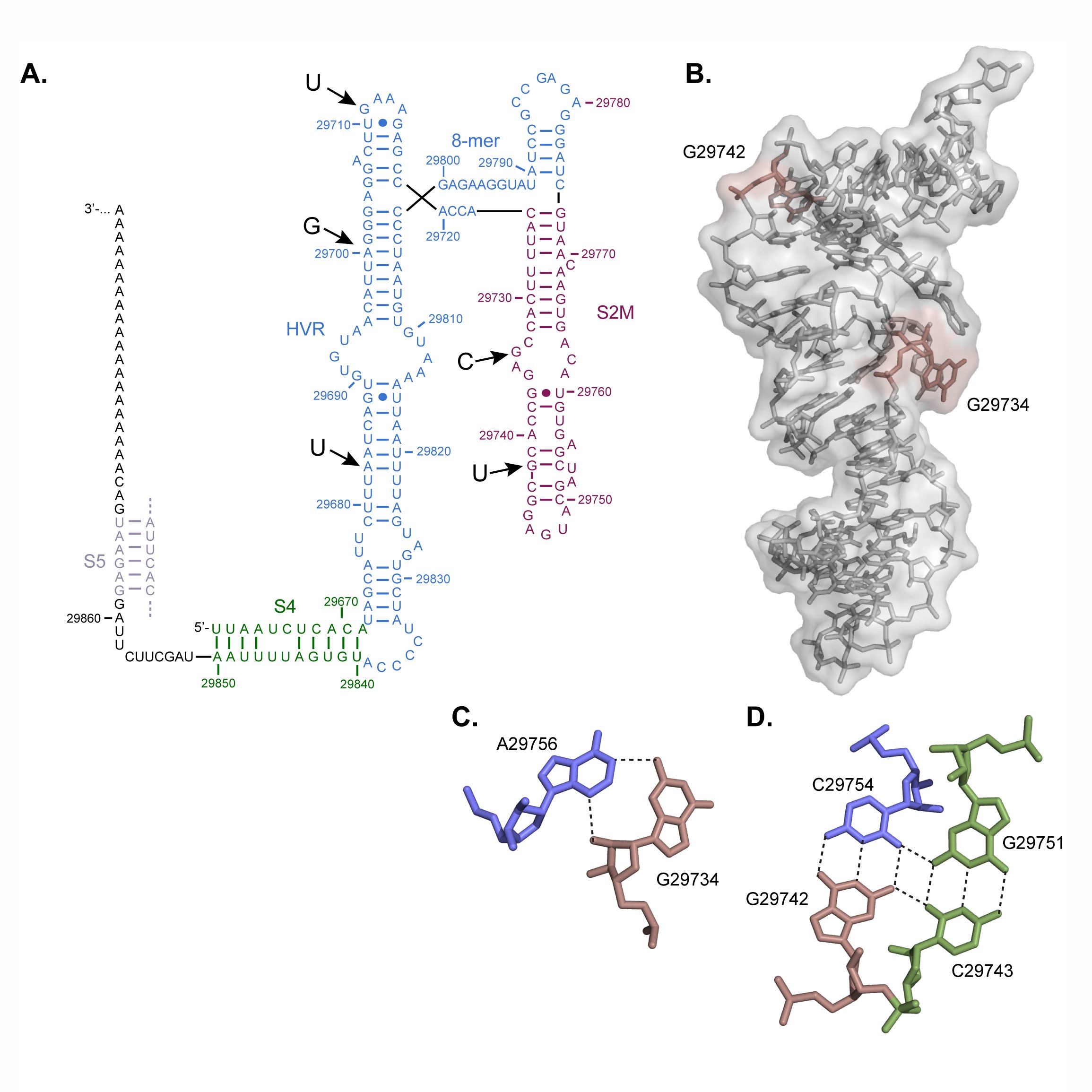Publications
Recent Publications:
|
Albarqi, M.M.Y. and Ryder, S.P. |
|
Antkowiak, K., Coskun, P., Noronha, S., Tavelle, D., Massi, F., and Ryder, S.P. |
|
Albarqi, M.M.Y. and Ryder S.P. |
|
Analysis of emerging variants in structured regions of the SARS-CoV-2 genome. Ryder, S.P., Morgan B., Coskun, P., Antkowiak, K.A., and Massi F. (2021) |
|
A disorder-to-order transition mediates RNA-binding of the Caenorhabditis elegans protein MEX-5. Tavella, D., Ertekin, A, Schaal, H, Ryder, S.P., and Massi, F. |


 A nematode model to evaluate microdeletion phenotype expression.
A nematode model to evaluate microdeletion phenotype expression.


